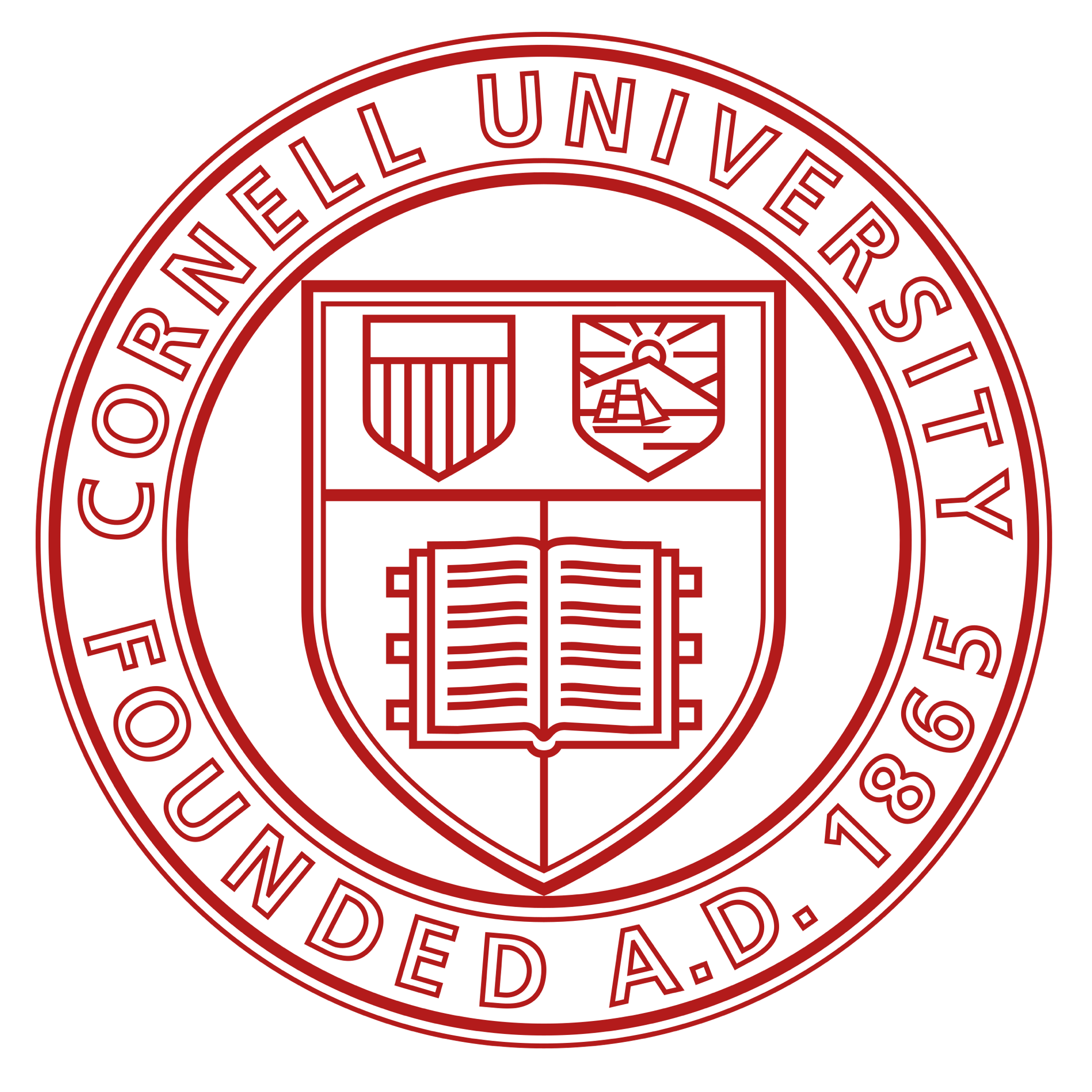Our paper “On Net Energy Metering X: Optimal Prosumer Decisions, Social Welfare, and Cross-Subsidies“ has been published in the IEEE Transactions on Smart Grid.
The work formalizes the prosumer decision problem under net metering and provides a closed-form characterization of the prosumer consumption decisions. Key structural properties and intuition are acquired from the derived and apriori computed threshold policy.
The paper abstract is given below:
“We introduce NEM X, an inclusive retail tariff model that captures features of existing net energy metering (NEM) policies. It is shown that the optimal prosumer decision has three modes: (a) the net-consuming mode where the prosumer consumes more than its behind-the-meter distributed energy resource (DER) production when the DER production is below a predetermined lower threshold, (b) the net-producing mode where the prosumer consumes less than its DER production when the DER production is above a predetermined upper threshold, and (c) the net-zero energy mode where the prosumer's consumption matches to its DER generation when its DER production is between the lower and upper thresholds. Both thresholds are obtained in closed-form. Next, we analyze the regulator's rate-setting process that determines NEM X parameters such as retail/sell rates, fixed charges, and price differentials in time-of-use tariffs' on and off-peak periods. A stochastic Ramsey pricing program that maximizes social welfare subject to the revenue break-even constraint for the regulated utility is formulated. Performance of several NEM X policies is evaluated using real and synthetic data to illuminate impacts of NEM policy designs on social welfare, cross-subsidies of prosumers by consumers, and payback time of DER investments that affect long-run DER adoptions.“




